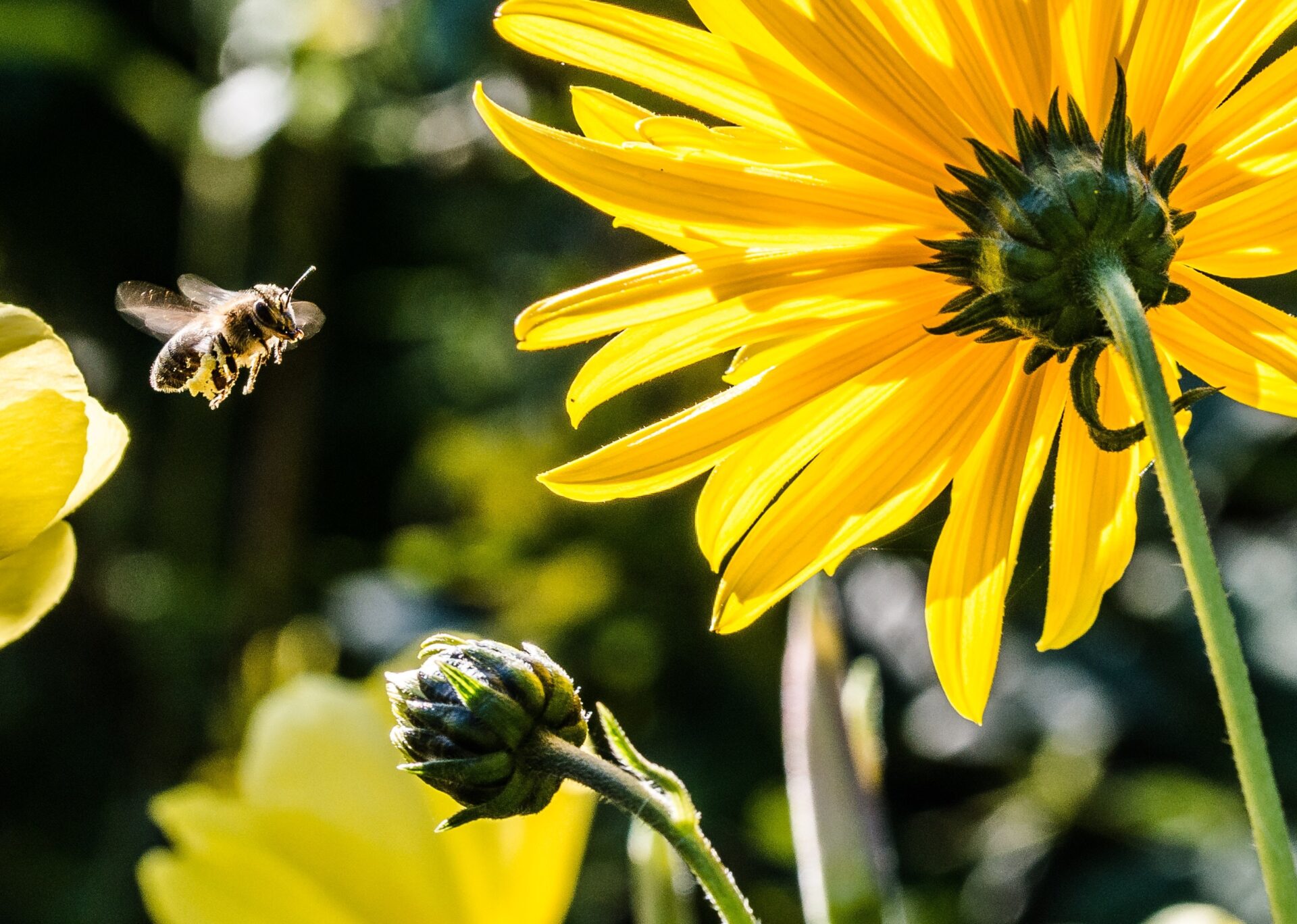Biting Bugs and Insect Facts, from your friends at Benadryl
Most people don’t realize that the itch, swelling, and pain caused by an insect bite or sting are actually a form of mild allergic reaction.
Environics, the communications specialists for the Benadryl line, prepared this guide for RV Lifestyle Magazine readers, in advance of the launch of the new Benadryl Itch Relief Stick:
 Munching Mosquitoes
Munching Mosquitoes
There are 74 species of mosquitoes currently found in Canada, with every province and territory harbouring these little pests, except for a few small Arctic islands. Mosquitoes bite both day and night, from early spring until late summer.
Here are some tips to help keep the mosquitoes away:
- Place netting over infant carriers when you are outdoors.
- Avoid wearing perfume and dark clothing. These items attract mosquitoes.
- Peak mosquito biting times are sunset to sunrise.
- Standing water attracts mosquitoes. Empty water from flowerpots, pet food and water dishes, birdbaths, rain gutters, swimming pool covers, buckets, barrels and cans.
- Contrary to what you may have heard, vitamin B, garlic, thiamine, and “ultrasonic” devices are ineffective in preventing mosquito bites, according to Manitoba government health sources.
Biting Black Flies
Black flies, AKA buffalo gnats and turkey gnats, are slightly less than 1/4 inch long with a stout-body and hump-backed appearance. They are most often encountered along rivers and streams during the camping season.
Female black flies are bloodsuckers. Their bite is extremely painful, and they inject venom into the skin causing intense itching, local swelling and soreness. Black flies love to snack around your head, neck and ears, leaving red, itchy wounds and welts when they bite.
Bees and Wasps
- Bees and wasps have stingers at the posterior end of their abdomens. Most stings from bees and wasps result in only a temporary injury, although pain, swelling, and skin redness occur around the sting.
- When you are stung by a bee or wasp a sharp pain is followed by a burning sensation that soon develops into a major itch and a red ring or bump appears at the site of the sting. You must remember that bees’ stingers are barbed and usually remain in the skin. After it stings, a bee will tear its stinger, along with the attached poison sac, out of its abdomen – this is fatal for the bee. Wasps lack barbs on their stingers so they can attack again and again.
- Most bees and wasps will not sting unless they are startled or attacked. Do not swat at them or make fast movements. The best option is to let the insects fly away when they are ready. If you must, walk away slowly, or gently “blow” them away.
If you are stung by a bee or wasp:
If the insect leaves behind a stinger (sometimes attached to a venom sac), try to remove it as quickly as possible. Gently scrape away the stinger (in a sweeping motion) with a blunt-edged object, such as a credit card or a dull knife.
Wash the area carefully with soap and water. Repeat two to three times a day until the skin is healed.
Apply an ice pack wrapped in a cloth, or a cold, wet washcloth for a few minutes.
For fast, effective relief of symptoms stemming from bug bites and stings, our friends at Benadryl suggest that you try the new Benadryl Itch Relief Stick.
Portable and easy to use, the 14 mL new Benadryl Itch Relief Stick is available all summer at retail outlets across Canada (in the pharmacy section) for $10.99. For more information on this product visit https://www.benadryl.ca/

